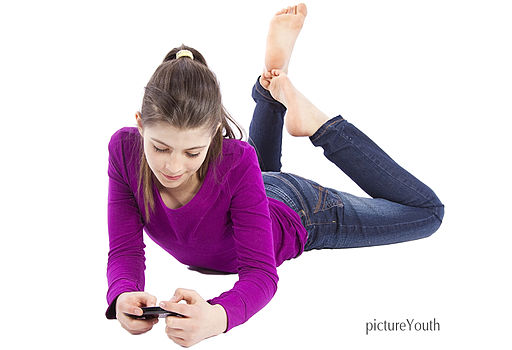The tool that was the most scary to me turned out to be much easier to use than I ever would have thought...Screencasting! This will be a favorite tool for me, I just have to make myself take the time to use it! I would like to use screencasting for lessons throughout the year so that I can be more mobile and able to move around the classroom more.
Podcasts could be used for the same benefit when we are reading passages in class. Whether I record them, a coworker, or a student, this would, again, make it easier for me to move around the classroom as the podcast is playing.
Blogging was something I never thought I would do. (What was I thinking? I'm going to be a librarian!) However, now that I have found it to be so simple to do, I would like to start a blog just for my classroom for this next year. I think this could be a great tool for parents and students to keep informed on what is going on in class.
All of the tools I worked with could be beneficial for students in some way, me being more mobile in the classroom, parents and students staying informed, etc., but which tools will the students get the most excited about, creating interest and immersion (more benefits)? Videos, Vines, QR codes, Instagram and Twitter! The more I can incorporate these into my lessons, the more engagement and learning I will see!
Finally, I would like to get students, especially the avid readers, to join an online book community. I think they would find this a fun and useful use of the internet. And, they would never have to ask, "What's a good book I can read next?" :)











